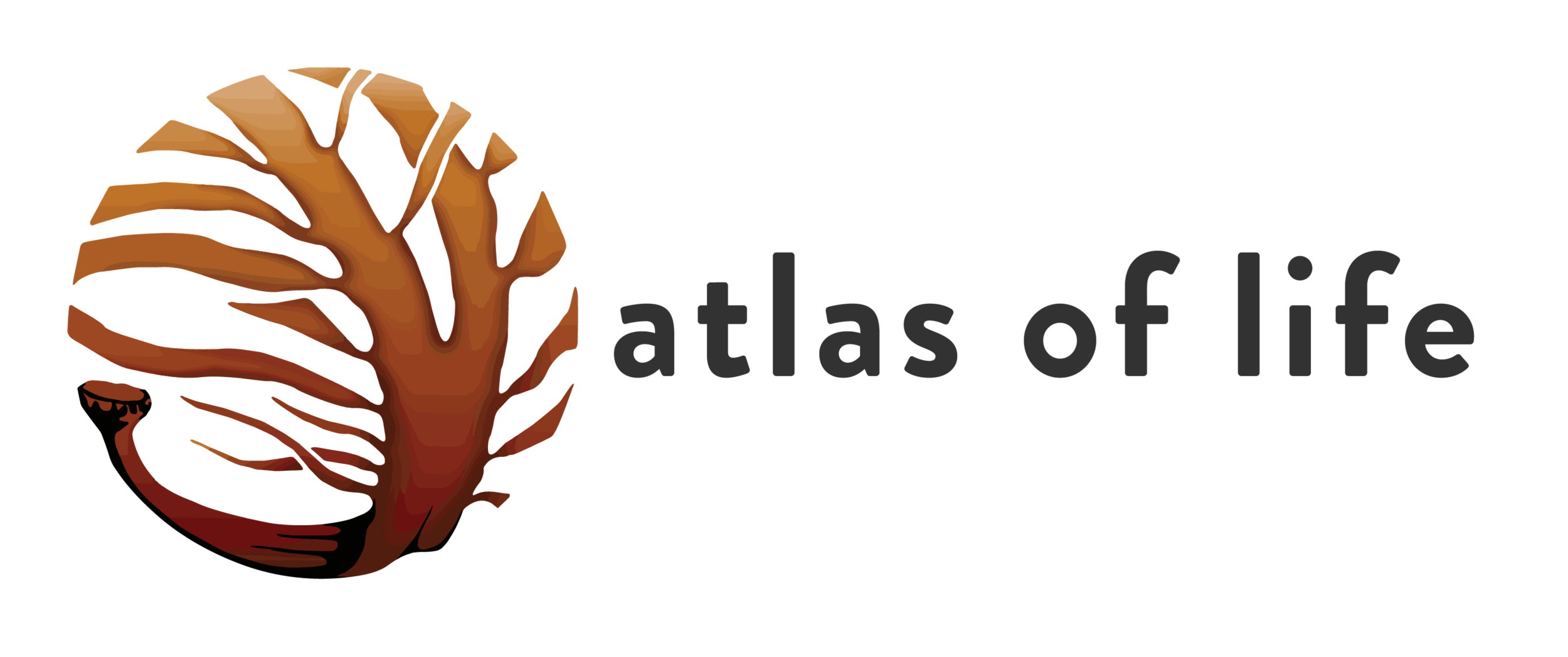Weed alerts
PART OF THE
ATLAS FIRE RECOVERY PROJECT
2020
One of the best ways to help our native landscapes recover is to ensure introduced plants don’t take hold. This is especially a problem in native forest and bushland close to towns and along road ways.
Recognising a weed can be a challenge, particularly when the plants are young. Some native species look very similar to exotics, even when they are mature.
“Disturbances such as fire are often followed by the appearance of a number of novel plants which are not normally present in the vegetation but have been lying dormant in the soil seedbank. Some of these may be weeds, particularly if you live near a town or if there is an old garden nearby (the most typical and widespread of these weeds is inkweed, Phytolacca octandra). However, it is quite likely if you live in an area with predominantly native vegetation, that they will be native.” Jackie Miles, February 2020.
If you see a suspicious plant, help is at hand. Take photos and report the sighting on NatureMapr. Local botanists can help check the species identity and advise you on a course of action.
If you find unfamiliar plants, it would be best to put in a sighting and get their identity verified, before deciding whether they need to be got rid of or not. A lot of the native post-disturbance colonisers can have a weedy look to them. Examples are native members of the genera Solanum and Senecio. Many of these species will only persist for a year or so, until the more usual species take over again.
When putting in a sighting it is best to wait till the plant has developed a bit of size, but it need not be flowering. Many species will be identifiable without that, and if it is a weed, you need to know as soon as possible." Jackie Miles, February 2020.
The following are some species that grow after disturbance. Only Phytolacca is a weed - the others are native species. Click on each image to enlarge and then follow the link to the full NatureMapr record for more details.
Here’s how to record your sightings to NatureMapr using the App. This is great for uploading photos taken on a phone. Alternatively, you can upload via a web browser - here’s a step-by-step guide.















